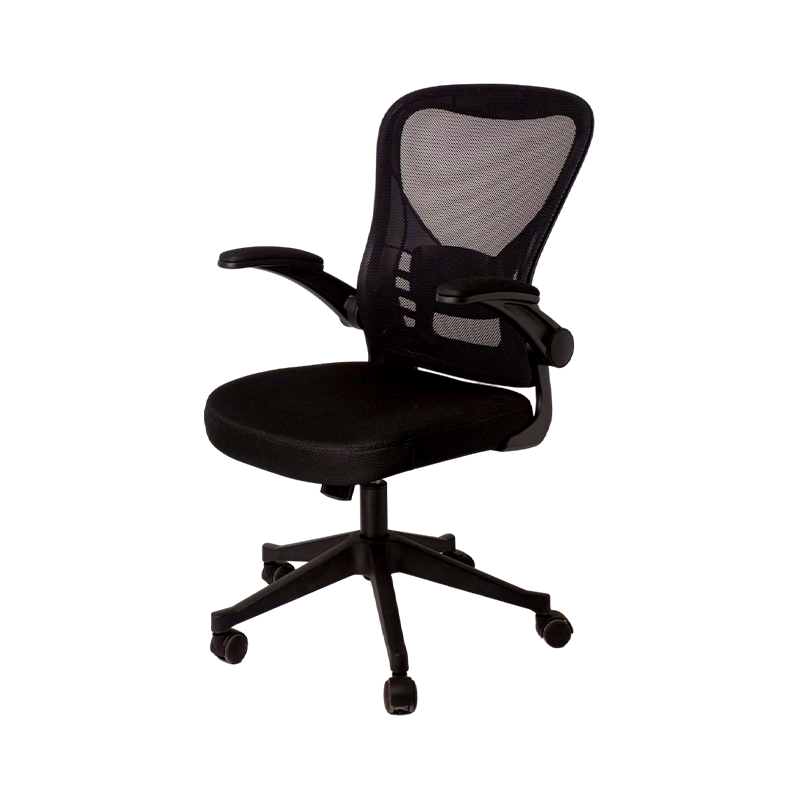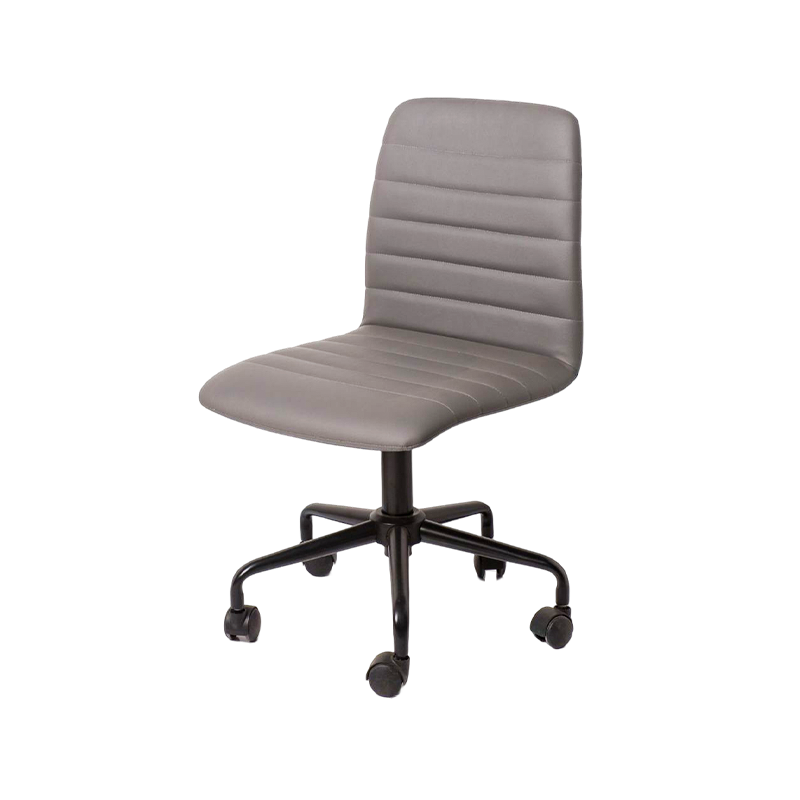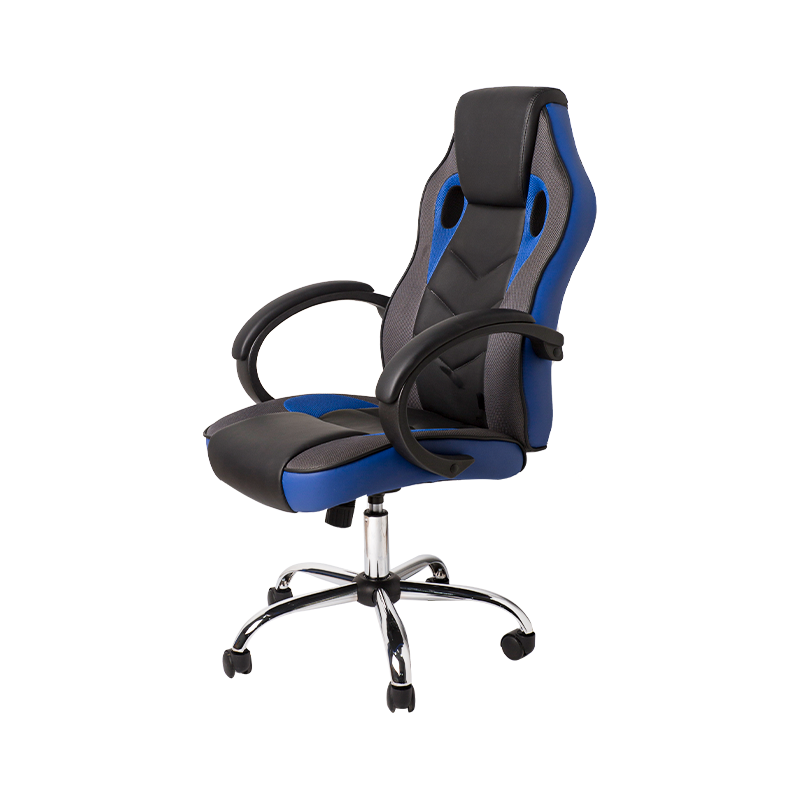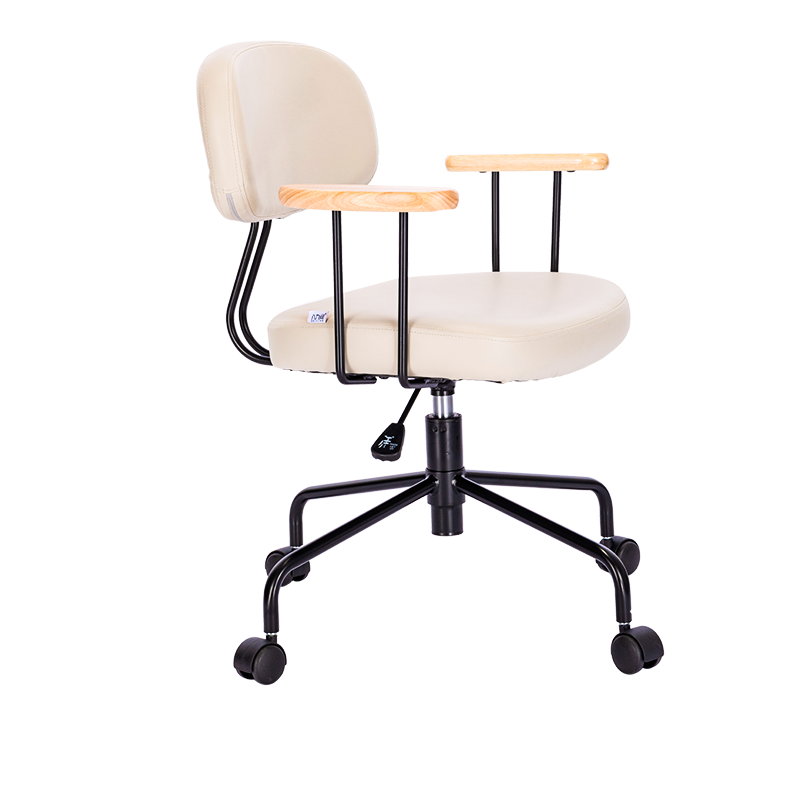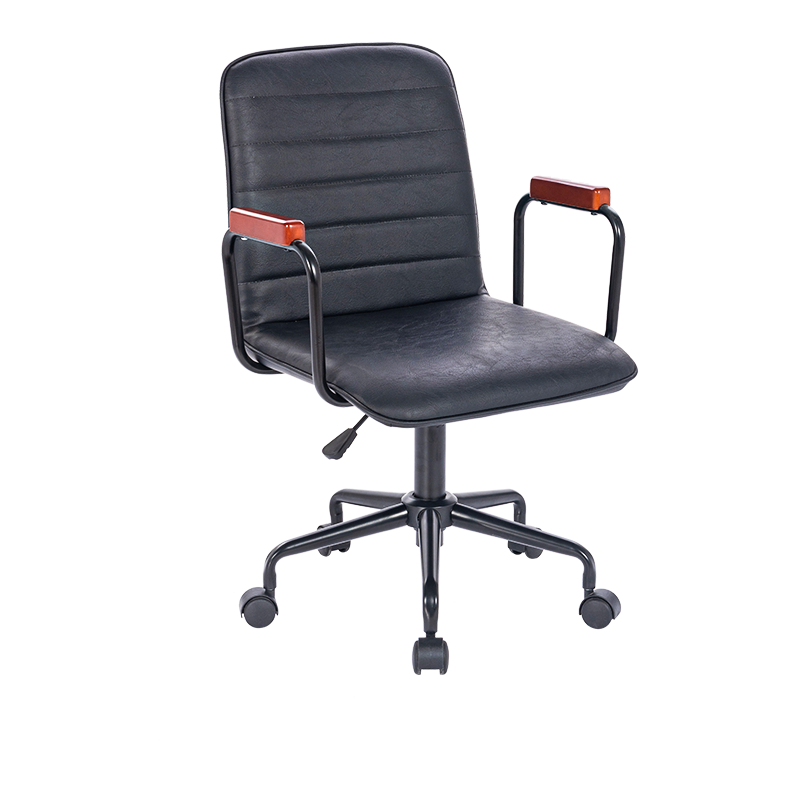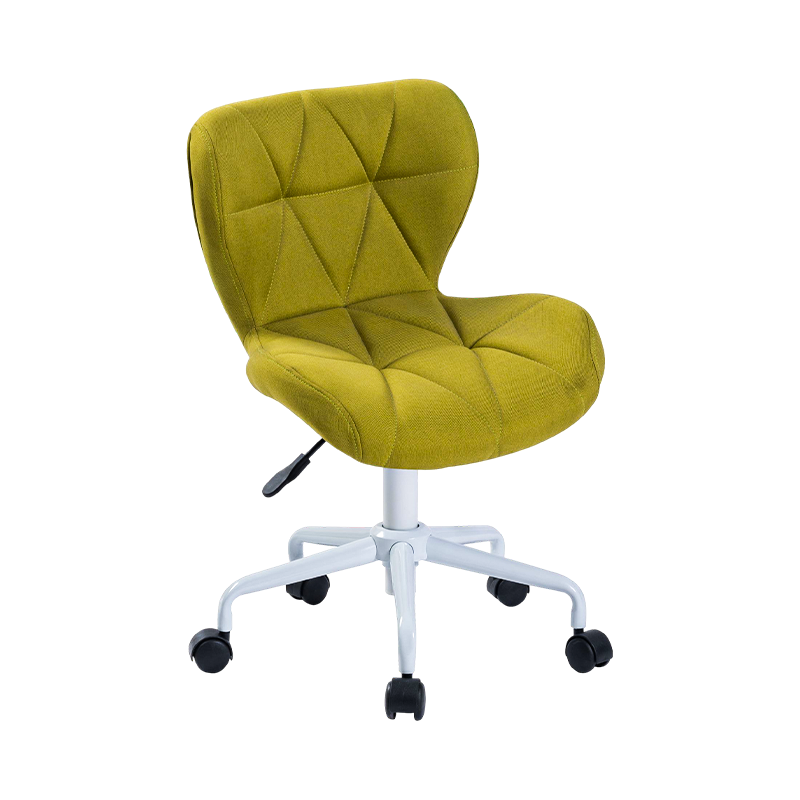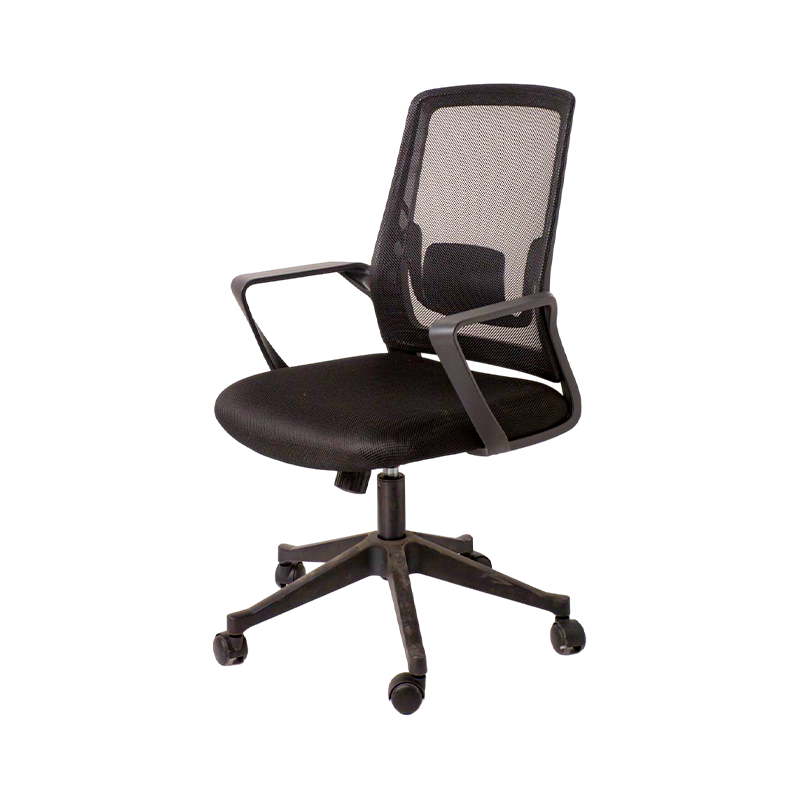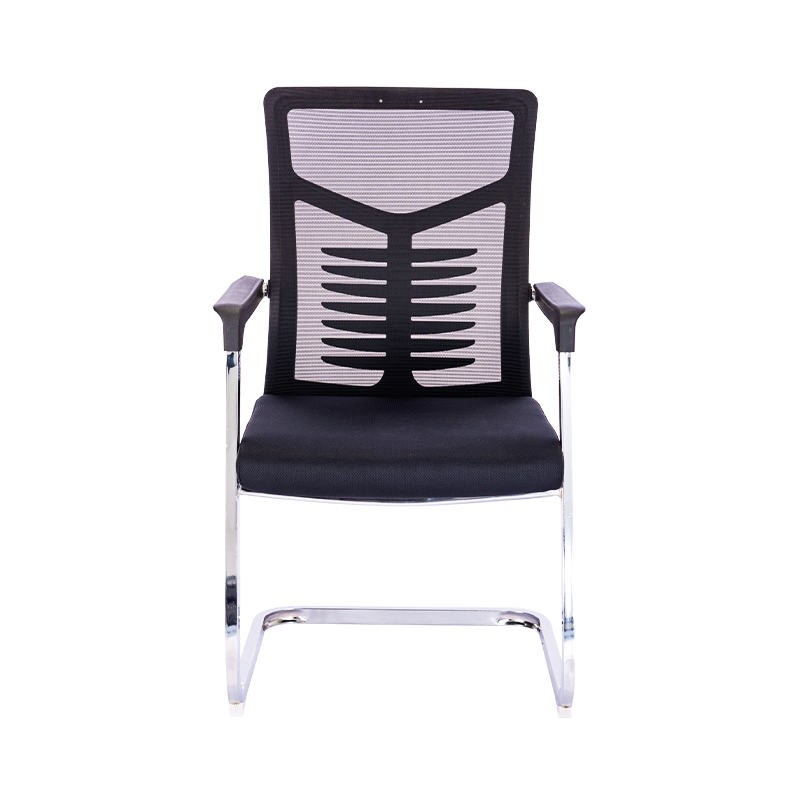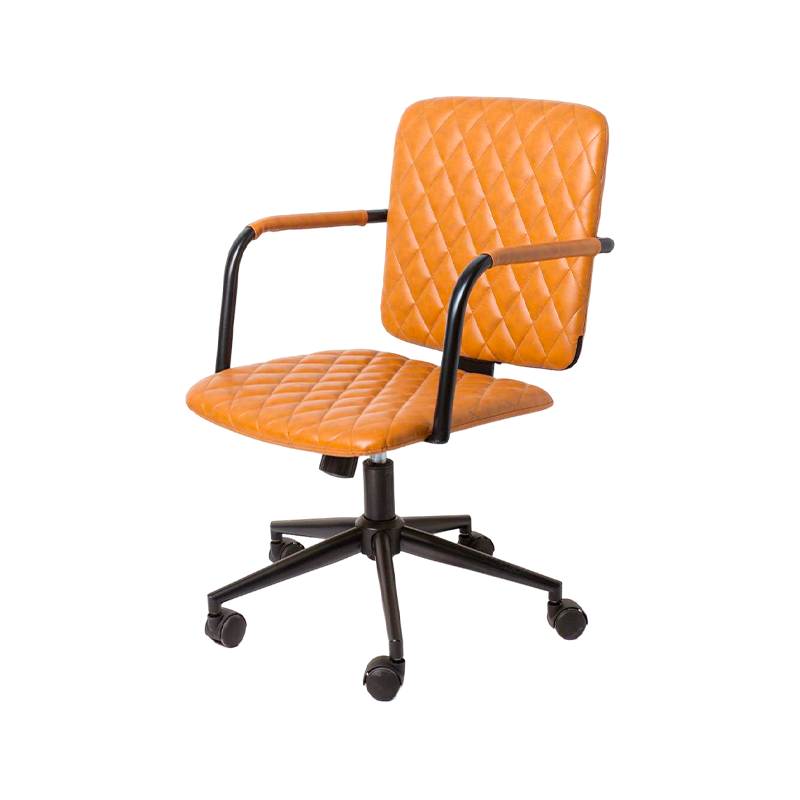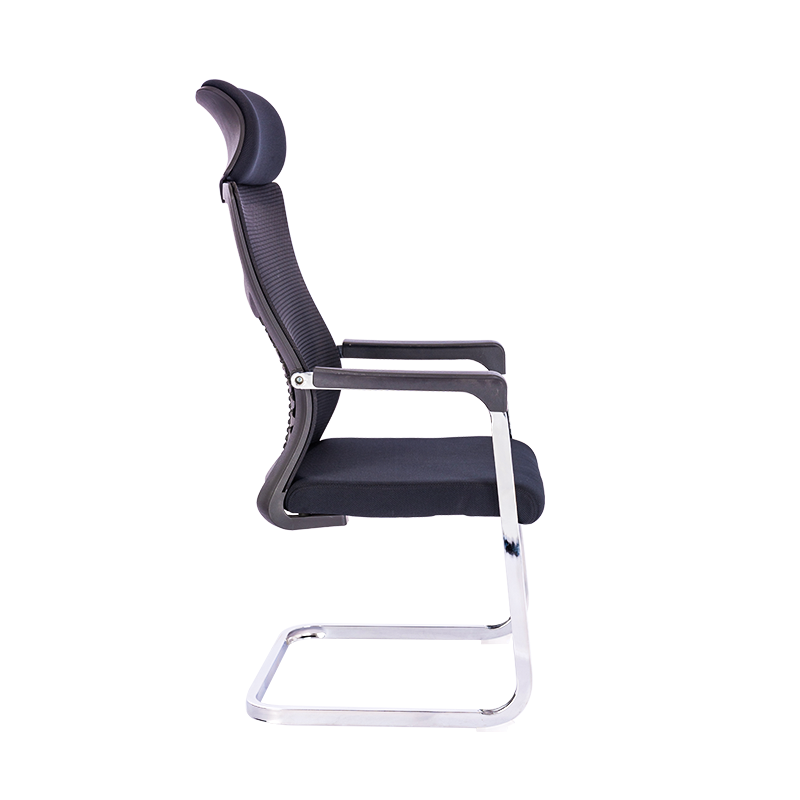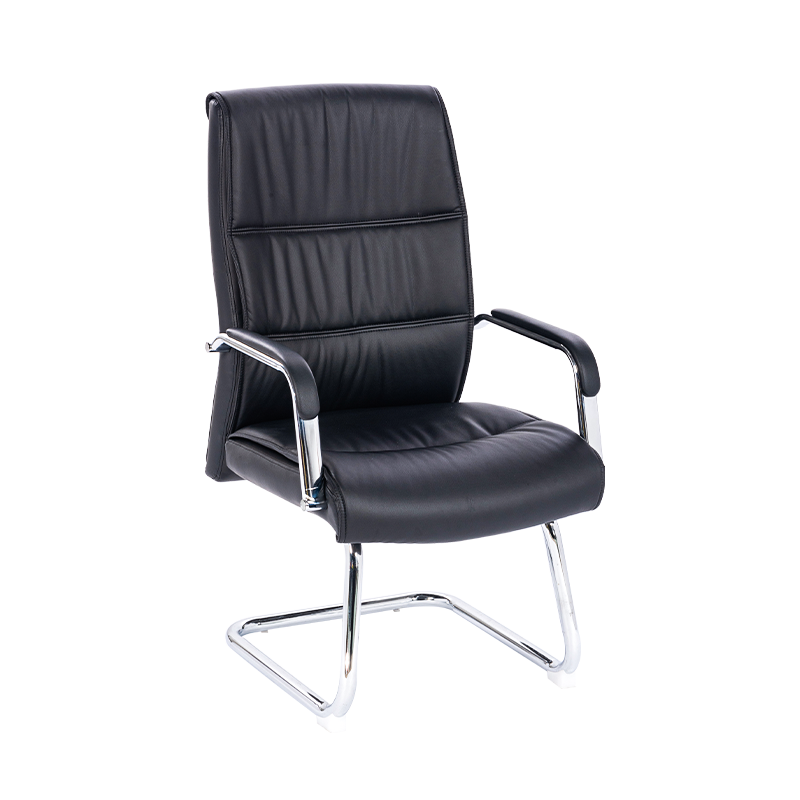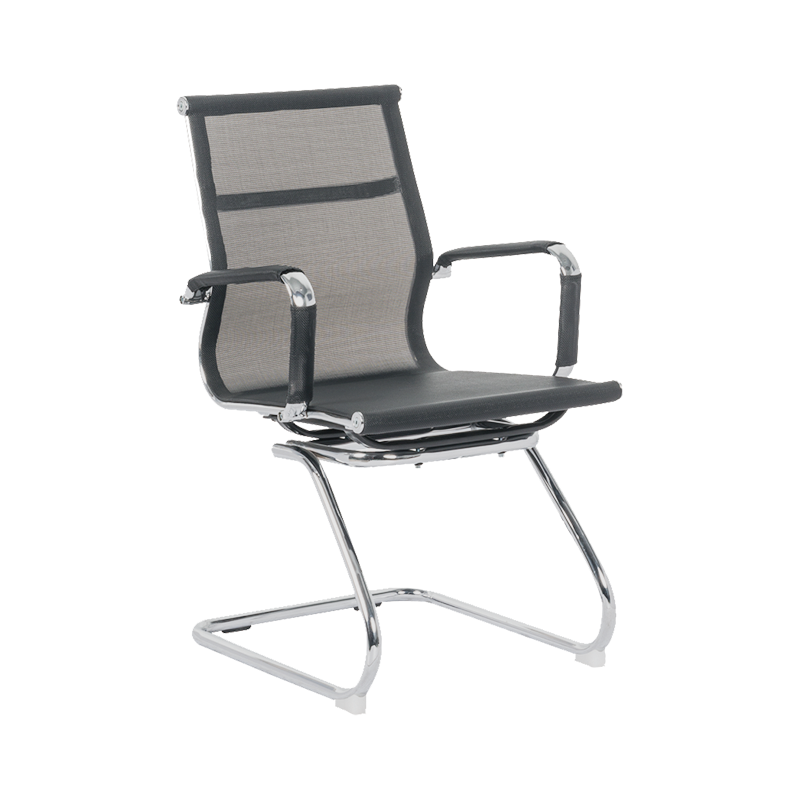An adjustable chair is one that has various controls and functions to adjust the seat, backrest and armrests. These features are often used to improve posture, increase productivity and reduce musculoskeletal pains.
Maintaining proper posture is key to preventing injuries, such as slouching or leaning forward while working in an office setting. This is why many ergonomic chairs are designed to promote correct sitting.
Make sure that the backrest of an office chair is large enough to support your lower back, as this will minimize the stress on your back when you are working. You should also be able to easily move the backrest up or down without having to lean backwards.
The lumbar support of an office chair should also be shaped to match the curve of your back. The backrest should also be curved at the front and not be straight across, which may cause pressure on your lower spine and can increase risk of injury.
Choosing an appropriate seat depth is another important aspect of selecting an ergonomic chair. If the seat pan is too long, it can catch your knees and prevent you from leaning back against the lumbar support. If the seat pan is too narrow, it can put undue pressure on your thighs and may also limit the range of motion in your hips.
In addition, a seat pan should be wide enough to give you room for your feet and legs when you sit in it. This is particularly helpful if you are tall or short.
If the chair is a bit too low, you can place a footrest under it to raise your feet. This helps with balance and also reduces strain on your back, shoulders and neck when you are working at a desk.
For additional support, consider a cushioned footrest that is attached to the floor, such as this one from Jaffe. Its breathable mesh material offers comfortable, full-body support and is available in bright colors that complement any workspace décor.
Ergonomic seating and workstations that have been ergonomically adjusted have been shown to increase productivity by 10%. Studies have also shown that they can reduce the risk of back and shoulder injuries.
A good ergonomic office chair will help you create a neutral posture, which is when your hips and knees are lined up with each other and the shoulders, ears and neck are aligned with your body. This is the best position to be in when working, according to chiropractor Dr. Randi Jaffe.
Several ergonomic chair models include a footrest, which is useful for those with flat feet or those who need to elevate their feet to work on a computer. A footrest can also be used as a resting spot to stretch and relieve tension in the legs, back and neck.
The footrest on an ergonomic chair should be adjustable to allow you to put your feet up in a comfortable position while you are working. It should also be adjustable to accommodate the shape of your feet and the angle of your knees when you are sitting.




 Español
Español